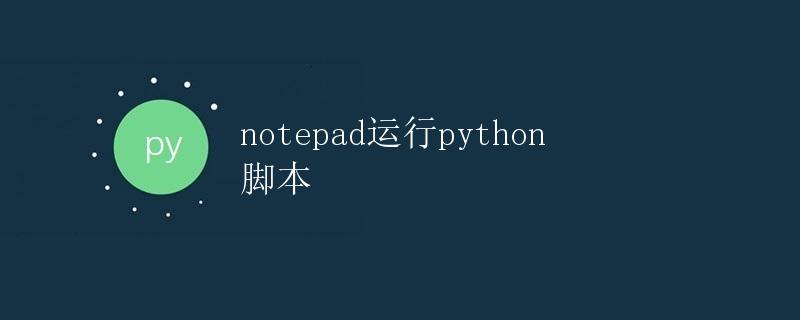Python中的数据结构——列表(List)

1. 列表(List)的定义和基本操作
列表是Python中最常用的数据结构之一,它是一个可变的有序集合。列表使用方括号[]来表示,其中的元素可以是任意数据类型,包括数字、字符串、列表等。以下是列表的一些基本操作:
1.1 创建列表
可以使用方括号[]来创建一个空列表,或者在方括号中包含元素来创建一个非空列表,例如:
# 创建一个空列表
empty_list = []
print(empty_list) # 输出 []
# 创建一个包含元素的列表
number_list = [1, 2, 3, 4, 5]
print(number_list) # 输出 [1, 2, 3, 4, 5]
# 创建一个包含不同数据类型的列表
mixed_list = [1, "apple", True, [1, 2, 3]]
print(mixed_list) # 输出 [1, 'apple', True, [1, 2, 3]]
1.2 访问列表元素
可以使用索引来访问列表中的元素,索引从0开始,可以使用负数索引来反向访问元素,例如:
fruits = ["apple", "banana", "cherry", "date"]
print(fruits[0]) # 输出 apple
print(fruits[-1]) # 输出 date
1.3 修改列表元素
可以通过索引来修改列表中的元素,例如:
fruits = ["apple", "banana", "cherry", "date"]
fruits[1] = "orange"
print(fruits) # 输出 ['apple', 'orange', 'cherry', 'date']
1.4 添加元素到列表
可以使用append()方法向列表末尾添加元素,使用insert()方法在指定位置插入元素,例如:
fruits = ["apple", "banana", "cherry"]
fruits.append("date")
print(fruits) # 输出 ['apple', 'banana', 'cherry', 'date']
fruits.insert(1, "orange")
print(fruits) # 输出 ['apple', 'orange', 'banana', 'cherry', 'date']
1.5 删除列表元素
可以使用pop()方法删除列表中指定位置的元素,如果不指定位置,则默认删除最后一个元素;使用remove()方法删除指定值的元素,例如:
fruits = ["apple", "orange", "banana", "cherry", "date"]
fruits.pop(2)
print(fruits) # 输出 ['apple', 'orange', 'cherry', 'date']
fruits.remove("orange")
print(fruits) # 输出 ['apple', 'cherry', 'date']
1.6 切片操作
可以使用切片操作来获取列表的子集,例如:
fruits = ["apple", "banana", "cherry", "date"]
sublist = fruits[1:3]
print(sublist) # 输出 ['banana', 'cherry']
2. 列表(List)的高级操作
除了基本操作外,列表还支持一些比较高级的操作,包括:
2.1 列表连接和重复
可以使用+操作符来连接列表,使用*操作符来重复列表,例如:
list1 = [1, 2, 3]
list2 = [4, 5, 6]
combined_list = list1 + list2
print(combined_list) # 输出 [1, 2, 3, 4, 5, 6]
repeated_list = list1 * 2
print(repeated_list) # 输出 [1, 2, 3, 1, 2, 3]
2.2 列表排序
可以使用sort()方法对列表进行排序,也可以使用sorted()函数返回一个排序好的新列表,例如:
numbers = [3, 1, 4, 1, 5, 9, 2, 6]
numbers.sort()
print(numbers) # 输出 [1, 1, 2, 3, 4, 5, 6, 9]
sorted_numbers = sorted(numbers)
print(sorted_numbers) # 输出 [1, 1, 2, 3, 4, 5, 6, 9]
2.3 列表反转
可以使用reverse()方法来反转列表元素的顺序,例如:
numbers = [1, 2, 3, 4, 5]
numbers.reverse()
print(numbers) # 输出 [5, 4, 3, 2, 1]
2.4 列表推导式
列表推导式是一种简洁的方式来创建列表,例如:
squares = [x**2 for x in range(5)]
print(squares) # 输出 [0, 1, 4, 9, 16]
3. 总结
列表是Python中非常重要和常用的数据结构,掌握列表的基本操作和高级操作,对于编程是非常有帮助的。
 极客教程
极客教程